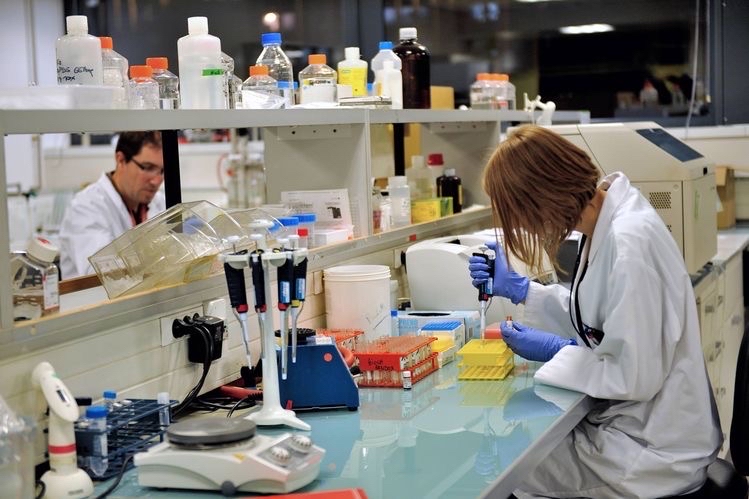How Lipcrush is made

LipCrush is a trendy lip balm that heals, rejuvenates, and moisturises chapped, dry lips. It is a semi-solid composed primarily of hydrocarbons found in petroleum. Crude oil is the overarching raw material from which all other raw materials are derived. According to oilprice.com, crude oil is first formed by compressing and heating organic ingredients over an extended period of time. Crude oil is formed through a process called diagenesis, in which organic matter and mud are melted together by sediment compression. Crude oil is quite variable in terms of content percentage. Refineries process crude oil in a variety of ways, based on its chemical composition and content. Crude oil is refined into petroleum oil via the extraction of liquid hydrocarbons in petroleum refineries. Vacuum distillation followed by filtering via bone char produces petroleum jelly as the primary product and paraffin wax which is our main ingredient as by-product.
LipCrush are known for their consistency, colour, and aroma because of the essential oils that are added to the paraffin wax. Essential oils can be extracted from plants in two ways: by distillation or expression. As the temperature of different compounds in a mixture differs, distillation takes advantage of this. The boiling points of various components allow them to be collected in their purest form. There are some compounds whose chemical composition would alter when exposed to intense heat, thus this procedure must be carried out very precisely.
The basic method for using plant material is to place it inside a still and pass steam through it to break up the plant material. The volatile components, our essential oils, rise to the surface and flow into a condenser, converting the vapour to liquid. Because oils and water do not mix, they are separated here. Additional distillation processes can be used to separate the oils further based on their chemical properties. The benefits of steam/water distillation include the ability to use and distil large amounts of raw plant material at once. Furthermore, the oils obtained through distillation are more chemically pure.
When extracting citrus essential oils, such as limonene, expression is most commonly used. By crushing the rinds of the citrus fruit, the oils are physically extracted. The modern method entails mechanically pricking the rind in a spinning container, where centrifugal force drives the oils to the container's outer walls. After that, the oils can be collected. Nonvolatile substances present in the original plant material, such as waxes, can be found in extracted oils. These substances may or may not be desired depending on the eventual use of expressed oils .
The plastic of choice for our lip balm tubes is polypropylene. This plastic was invented in the early 1950s and has many advantageous properties, including low density, relatively high thermal stability, ease of processing and reprocessing, and corrosion resistance. Because Polypropylene is a thermoplastic polymer, its material properties can be easily controlled with heat, it is easy to process and reprocess. As a result, it's widely used in injection moulding and extrusion.
Polypropylene pellets are heated and injection moulded into the final shape to create the lip balm tubes. Injection moulding is a mechanical manufacturing process in which a heat reactive material is forced into a mould. To set the mould shape, the material is rapidly cooled. As a result, a low-cost but highly accurate and high-quality product is produced.
Polypropylene, which is classified as plastic #5, is also easily recyclable. Polypropylene product recycling entails the following steps: collection, sorting, cleaning, reprocessing by melting, and finally the creation of new products